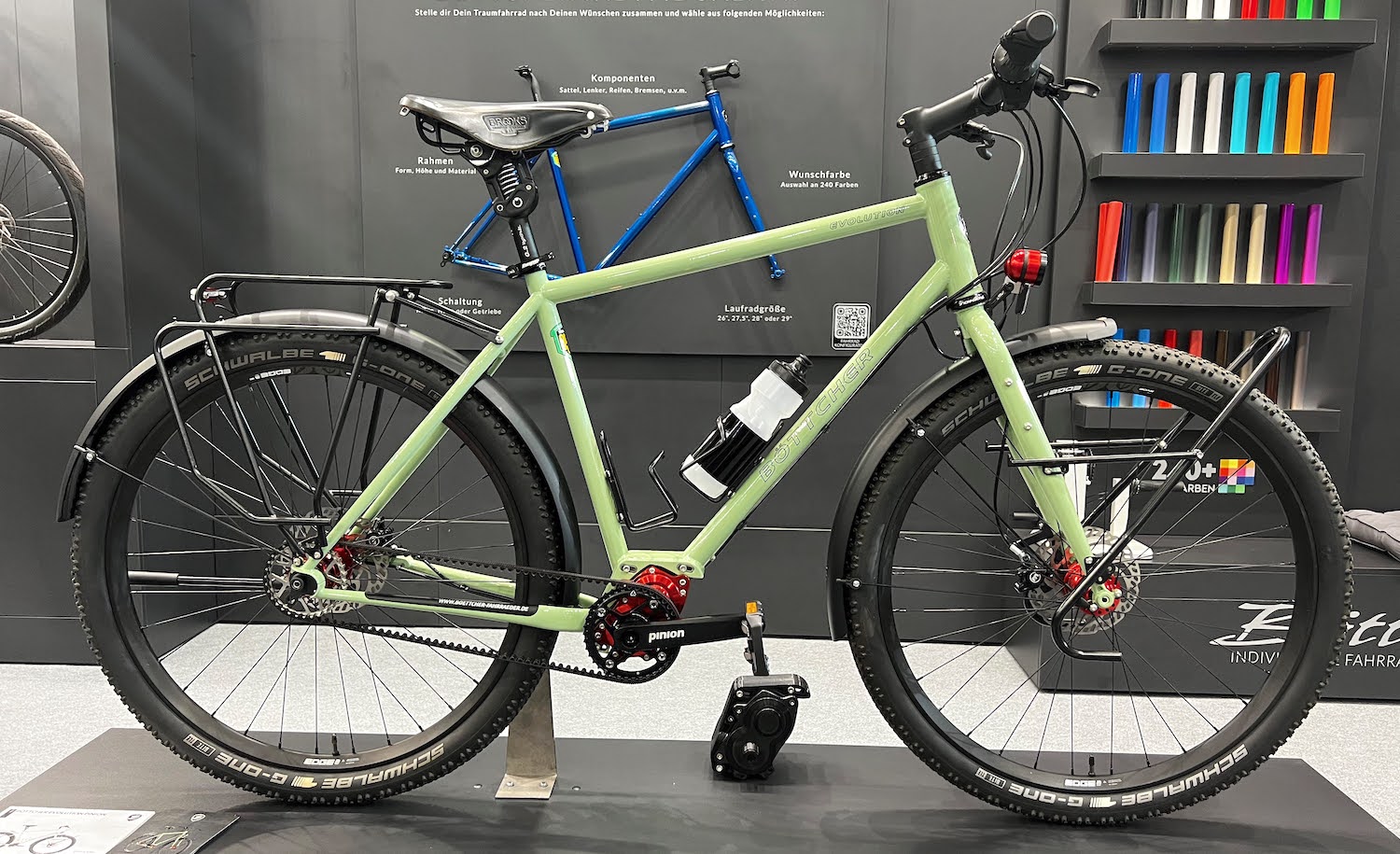Table of Contents
Move over panniers and racks. Bikepacking bags are becoming more commonplace in the world of bike travel, and so is the bikepacking bike. We’ve seen a huge spike in demand for bikepacking products over the past few years, in fact, bikepacking bag manufacturing is no longer the cottage industry it once was. Global bag manufacturers like Ortlieb are now running a fully dedicated bikepacking product line.
We’re also seeing bikes marketed towards ‘bikepacking’ as their specific use. Salsa, Surly, Honey and Crust plaster ‘bikepacking’ all over their bike product descriptions. The Specialized Sequoia released last year was even unveiled along with Specialized’s very own bikepacking bag range.
But are these bikepacking bikes any different to standard bikes?
The Frame Geometry Of A Bikepacking Bike

In terms of frame angles and lengths, there’s no noticeable difference outside the usual variation between a bikepacking bike and a regular road bike, cyclocross bike, gravel grinder, fat bike or MTB. This shouldn’t be too surprising because we have already evolved the geometry/setup of these bikes to the point where they handle supremely well for each of their intended uses. It really wouldn’t make any sense for a manufacturer to mess with that.
People who go bikepacking will typically want to use their bikes for other purposes too. If it’s an off-road bike, the chances are they’ll want to shred trails for the day without any of their gear. The same can be said for road and cross bikes. So using the tried and tested frame geometries is the way to go.
Ok, so if it’s not the geometry, what makes up a bikepacking bike then? It really all comes down to the features of the frame and fork. Let’s take a closer look.
Large Front Triangles
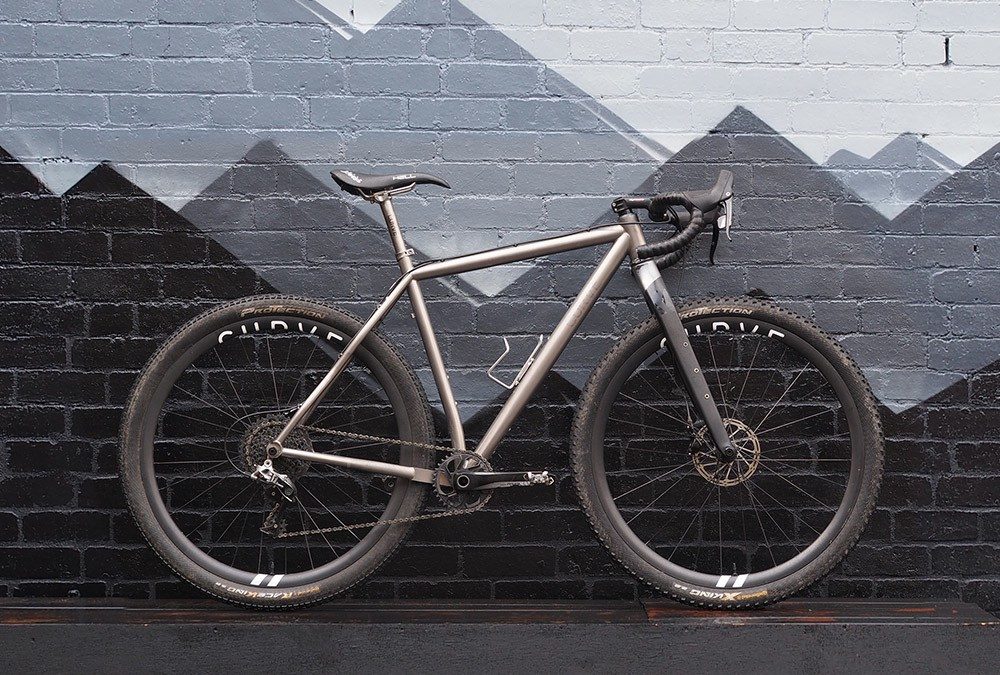
Many bikepacking bikes use a slightly taller frame to get the maximum framebag capacity. This is achieved by using a longer headtube and a more horizontal top tube. You’ll notice that with the additional headtube length, people tend to drop their handlebars back down with -17 or even -30 degree stems. Make sure to check out Rob English’s Trans Am Bike to see another example of a negative stem on a bikepacking bike.
Extra Bidon Mounts

A frame that’s designed for ‘bikepacking’ or ‘adventure’ will likely have 3x bidon/water bottle mounts for additional storage – sometimes even four or five. The typical locations include two in the frame and one below the downtube. Sometimes manufacturers squeeze an extra one inside the frame if the downtube is long enough, and another above the top tube near the stem.
The thing with bidon mounts is that there are lots of solutions that mean your bike doesn’t have to include these mounting points. You can check out all the clip-on options HERE.
3-Boss Mounts
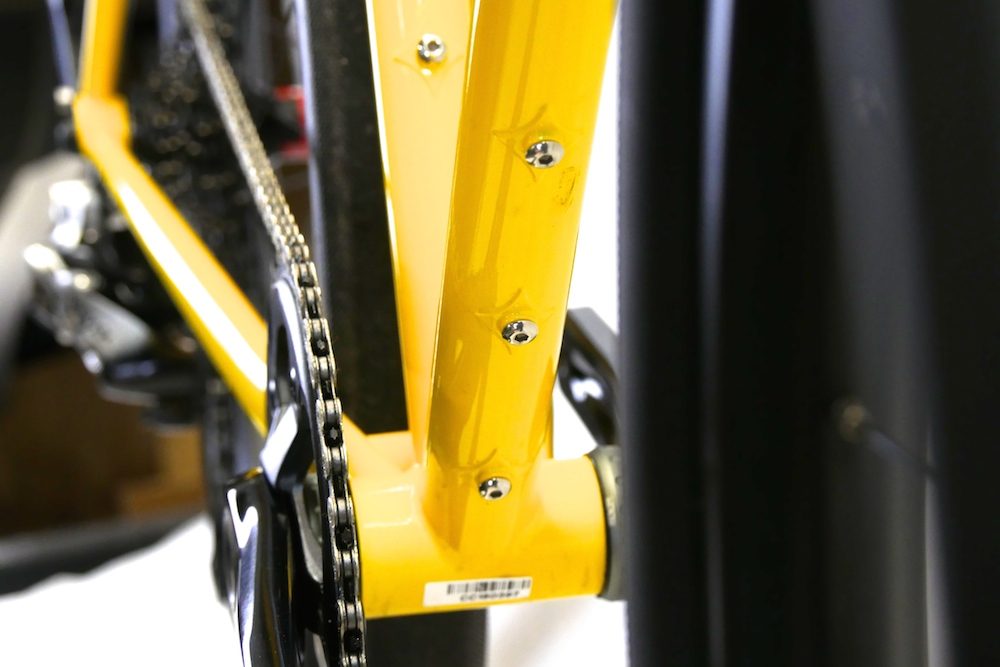
The 3-Boss mounting system is essentially just a longer version of the 2-Boss bidon mount. This is the most common mounting style for cargo cages which will carry a few litres of gear. 3-Boss mounts are generally found on either side of a bikepacking fork, but sometimes appear both above and below a frame’s downtube.
3-Boss mounts are not imperative for carrying gear in this style. There are ample solutions which use both the bidon bolt design and clip-on style mounts (requiring no bolts at all). You can see all the cargo cage mounting options HERE.
Integrated Framepacks
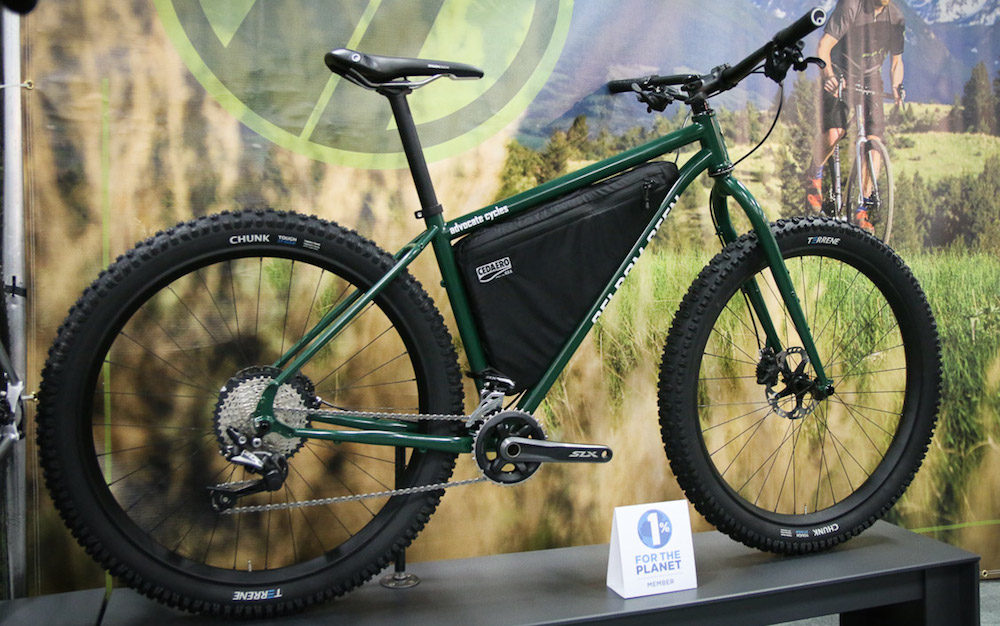
Integrated framebags are excellent for two reasons: the strapless design doesn’t rub your frame, and they look super clean. A handful of bikepacking bikes already have these framebag mounts, but given bike brands like Specialized and Salsa now make bags, I’m sure we’ll soon see many more mainstream bikes ready for this integrated option. Again, check out Rob English’s Trans Am Bike to see a nice an example of some integrated framebags.
There is one downside, however – you can’t just unstrap your gear to take it off your bike. The contents of the framebag will need to be transferred into another bag.
Is It Necessary To Use A Bikepacking Bike For Bikepacking?
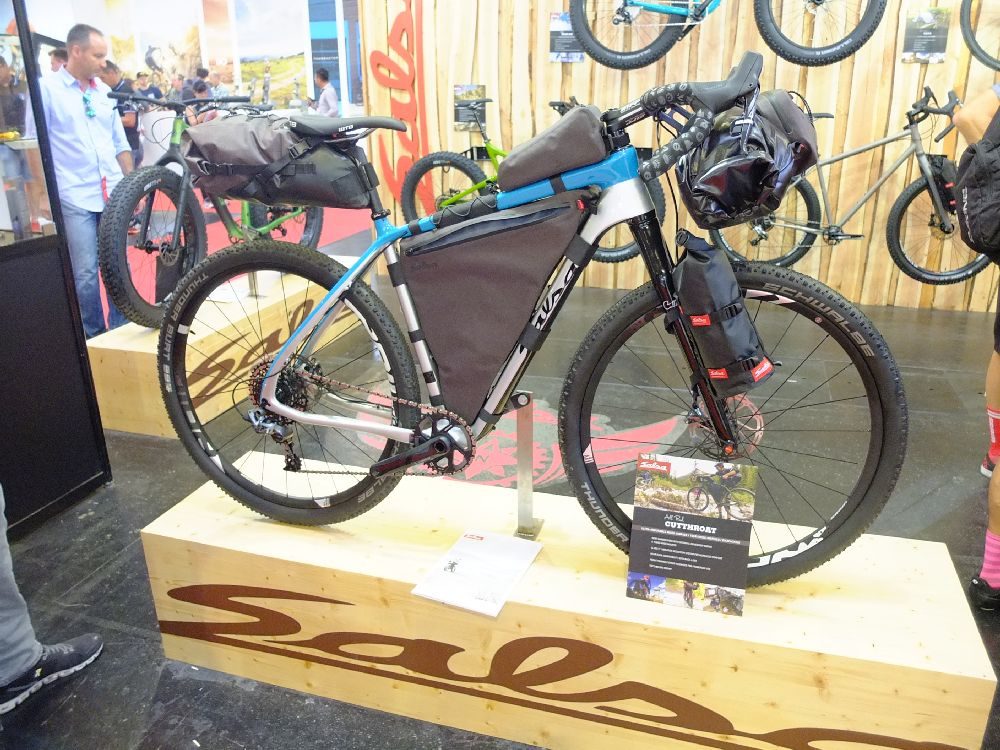
Here’s the deal – any bike is a bikepacking bike!
That’s the beauty of bikepacking bags. You can strap them onto your existing road bike, mountain bike, fat bike, cyclocross bike or hybrid bike. You don’t need any kind of special frame geometry or parts. You don’t even need any of the features I’ve listed above.

That said, these features do help enhance the bikepacking experience because:
– They fit larger framebags.
– They allow cargo accessories to fit quickly and easily.
What’s more important is matching your bike to your use. If you’re spending lots of time on sealed roads, it’s going to be best to use a road bike or an adventure bike with fast slick tyres. If you’re heading into really rough terrain, use a bike with fat off-road tyres. If you’re in the snow or sand you’ll definitely want that fat bike. If it’s hilly, make sure you have low enough gears.
Any bike is a bikepacking bike.
Head HERE For My List Of Off-Road Adventure Touring Bikes


